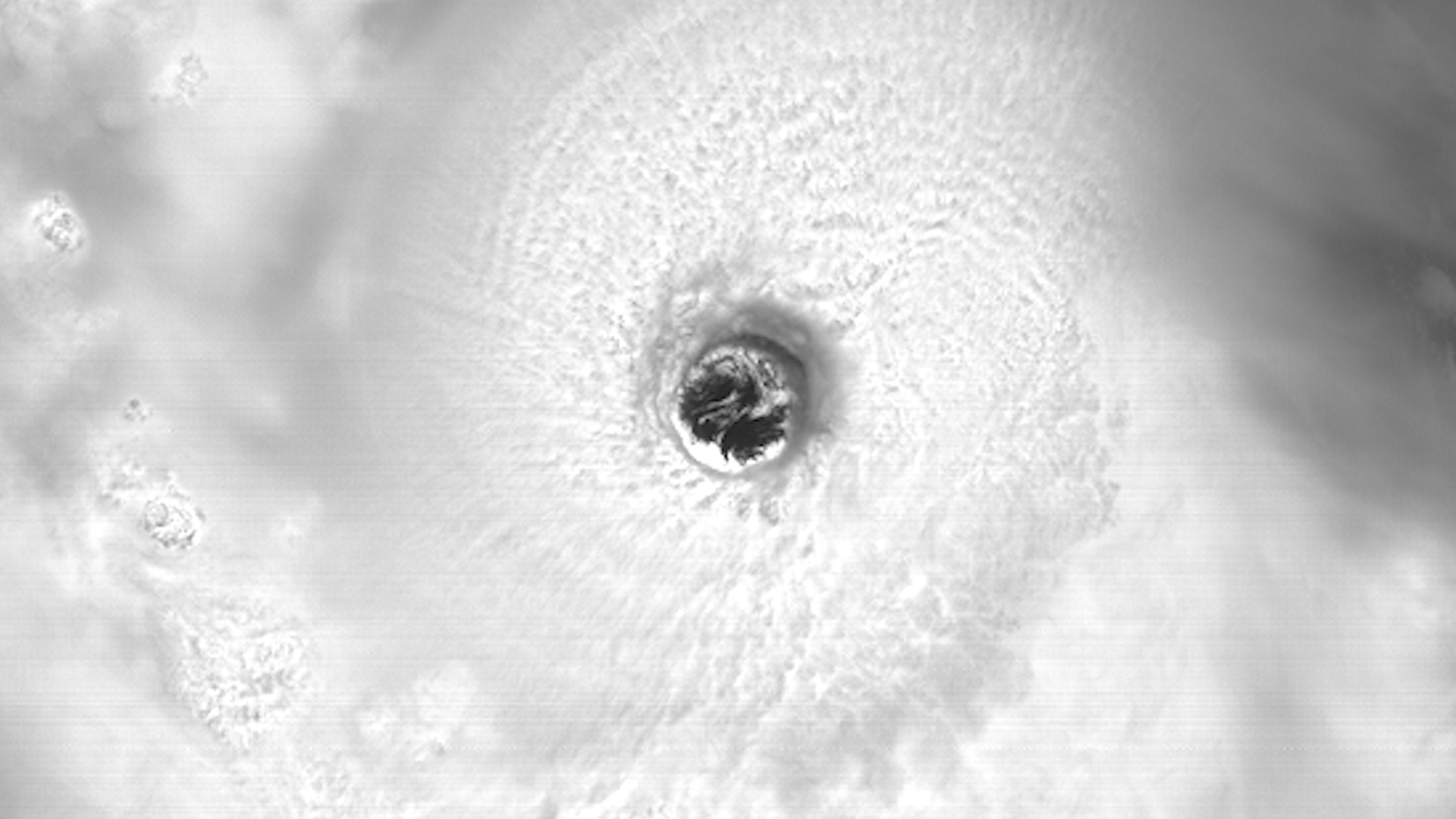Hurricane Beryl
On June 28, 2024, Beryl formed as a tropical storm in the Atlantic Ocean. The next day, it was upgraded to a hurricane. Beryl joins rare company as most hurricanes that form this far east in the Atlantic occur later in the tropical season.
On June 30, 2024, Beryl became a major, category four hurricane. Beryl became the earliest category four storm to form in the Atlantic Basin in recorded history. The next day, Hurricane Beryl made landfall on Carriacou Island with 150 mph winds.
That same day on July 1, 2024, shortly after making landfall and moving into the Caribbean Sea, Hurricane Beryl broke yet another record, becoming the earliest category five storm ever observed and only the second category five storm to occur in the month of July.
After a day at sea, Hurricane Beryl tracked just to the south of Jamaica on July 3, 2024, with its eyewall slamming the southern coastline. The following night saw Beryl batter the Cayman Islands on its way to the Yucatan Peninsula of Mexico.
Hurricane Beryl made landfall in the Yucatan Peninsula of Mexico on the morning of July 5, 2024, just south of the island of Cozumel. After traversing the Yucatan Peninsula, Beryl weakened back to a tropical storm as it re-emerged over the Gulf of Mexico.
Early in the morning of July 8, 2024, Beryl made landfall near Matagorda, Texas as a category 1 storm with 80 mph sustained winds. Power was knocked out for millions of people in the Houston area and Southeast Texas.
As Beryl pushed inland, it spawned many tornadoes across the US, the most of any tropical cyclone in nearly 20 years. 67 tornado warnings were issued by NWS Shreveport on July 8th, 2024, the most in a single day on record from that office, with 43 tornadoes being confirmed.
As Beryl’s remnants pushed northeastward, it continued to spin-up tornadoes and drop heavy rain across the Midwest and Northeast US. Beryl even impacted parts of Canada as Montreal saw accumulating precipitation and flooding in the city and surrounding region.
For more information, visit the National Hurricane Center.
Satellite imagery of this event:
Hover over the boxes to play. Click the images to view enlarged






